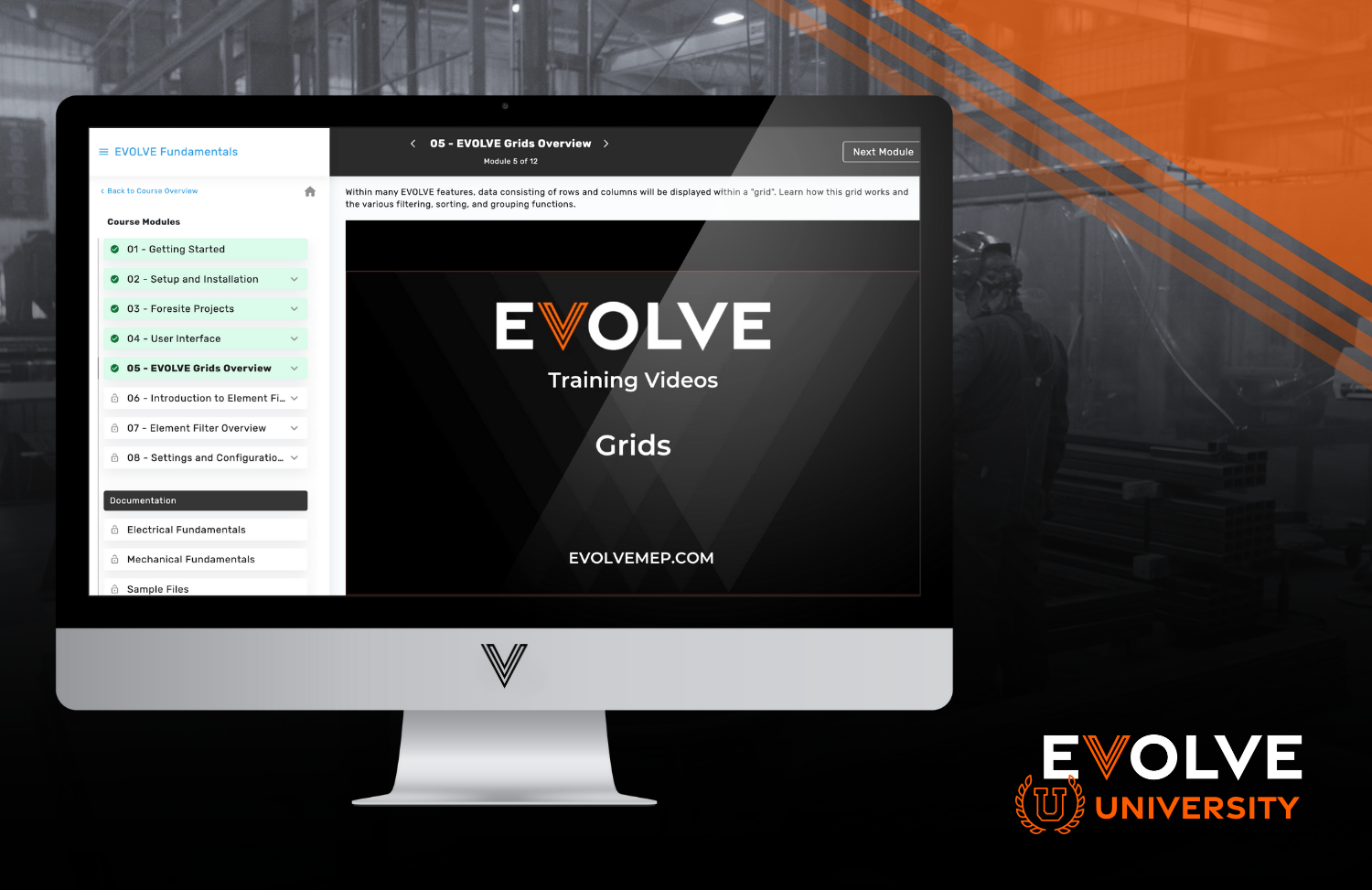Without quality control in your BIM process, you're asking for trouble – mistakes pile up faster than scrap metal. Those mistakes cost time and money! We're talking delays that make your schedule look like Swiss cheese and errors that make your budget disappear. Quality control is the difference between a smooth operation and a chaotic mess when it’s time to install on-site.
We’ve compiled a quick quality control checklist, including a printable version at the bottom of this article:
- Establishing Standardization Guidelines:
- Work with your team to establish standardized guidelines for creating and reviewing mechanical drawings. Everyone has their own unique ways to use colorizers, annotations, and other types of features. Make a standard that works for your team’s needs.
- Before any modeling begins, ensure that you are in compliance with industry standards such as ASME Y14.5 for dimensioning and tolerancing, ISO standards for drawing formats and symbols, and local policies
- Utilizing Automation for Quality Assurance:
- Programs like EVOLVE include automation to save you time when it comes to quality. With features like Auto-routing and Spooling you can make sure you eliminate clashes from your designs
- Leverage features such as geometric dimensioning and tolerancing (GD&T), automatic error checking, and revision tracking.
- Automation can help to eliminate many errors that can occur when doing repetitive, manual designs
- Implementing Peer Review and Verification:
- Develop a clear, flat peer review process to help eliminate rework
- Make sure the right people are involved be it engineers, designers, or prefab managers.
- Conducting Regular Audits and Inspections:
- Discuss strategies for performing comprehensive audits, including sampling random drawings, conducting dimensional checks, and verifying adherence to organizational procedures.
- Highlight the benefits of proactive quality control measures in identifying potential issues early on and preventing costly rework later in the project lifecycle.
- Continuous Improvement and Training:
- Foster a culture of continuous improvement and learning within the organization.
- Provide training and professional development opportunities for employees involved in creating and reviewing mechanical drawings.
- Stay updated on emerging technologies and best practices in the field of mechanical design and quality assurance.
Ensuring the accuracy and consistency of mechanical drawings is essential for the success of engineering projects. By implementing robust quality control measures, including standardized guidelines, CAD software utilization, peer review processes, regular audits, and continuous training, organizations can minimize errors, enhance efficiency, and deliver high-quality outcomes that meet or exceed client expectations. Investing in quality control upfront can ultimately save time, reduce costs, and mitigate risks throughout the project lifecycle.





